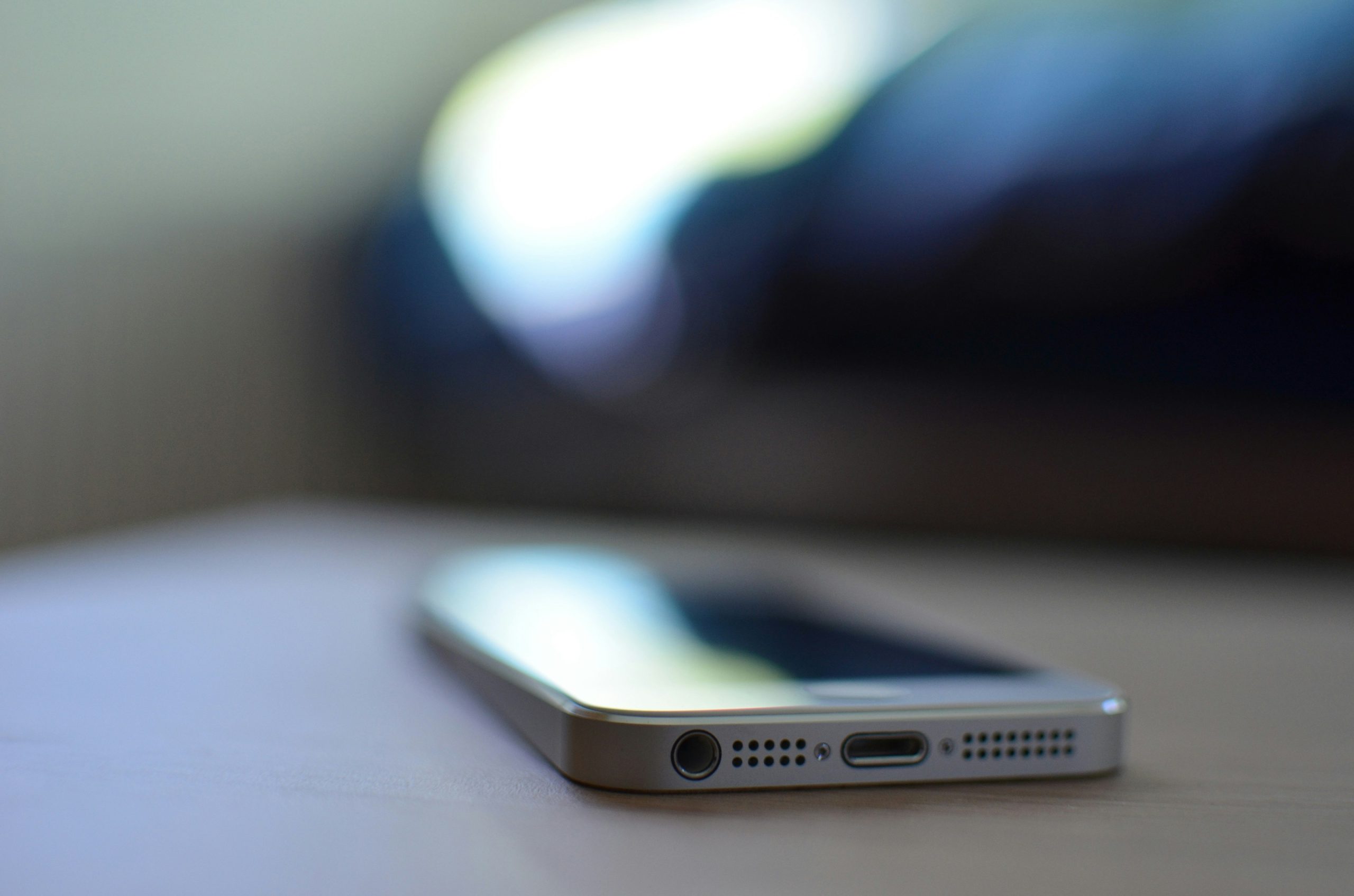In a world where apps reign supreme, the iPhone stands as a fortress of curated content, offering users a seamless experience through its App Store. But what if we told you there’s an entire galaxy of applications beyond Apple’s walled garden? Imagine accessing exclusive APK files—Android’s app format—that can enhance your device’s functionality and unleash new possibilities. While iOS users often feel constrained by app limitations, the desire to explore uncharted territory is stronger than ever.
Fortunately, there’s a way to break free from these restrictions without sacrificing your device’s integrity or voiding warranties through jailbreaking. In this article, we’ll guide you step-by-step on how to install APK files on your iPhone safely and efficiently. Whether you’re looking to try out innovative games or access niche tools unavailable in the App Store, our comprehensive guide will empower you to take control of your iOS experience like never before! Join us as we delve into this exciting journey toward unlocking the full potential of your iPhone!
What are APK Files?
APK files, short for Android Package Kit, serve as the installation format for applications on Android devices. Unlike iOS, where apps are primarily distributed through the App Store and strictly adhere to Apple’s software policies, APK files allow users a unique freedom to install applications directly from diverse sources. This flexibility is particularly attractive to those eager to explore app functionalities beyond what’s available in official stores, opening doors to custom apps and early access versions.
However, when it comes to iPhone users aiming to leverage the functionality of APK files without resorting to jailbreaking their devices, the landscape changes significantly. While strict file formatting differences exist between Android’s .apk and iOS’s .ipa (iOS App Store Package), innovative solutions such as cloud-based emulators or third-party app installers can bridge this gap. These platforms enable users to experience a semblance of APK-like versatility on their iPhones while ensuring compliance with security protocols inherent in Apple’s ecosystem. Embracing these modern tools not only enriches your device capabilities but also enhances your overall user experience by allowing wider exploration of mobile application functionalities.

Why Use APK Files on iPhone?
Using APK files on an iPhone may seem unconventional, but there are several compelling reasons to explore this alternative method of accessing apps. First, APK files can act as a gateway to a vast array of Android applications that aren’t readily available on the iOS App Store. This opens up exciting opportunities for users who are looking for unique tools and games that may not otherwise reach their devices. By leveraging these files, you can enrich your app experience with innovative features or niche offerings that align perfectly with your needs.
Moreover, employing APK files can enhance user autonomy over the software environment of their device. In a world where customization is increasingly valued, using APKs allows iPhone users to take control by installing specific versions or modified apps that offer additional functionalities—such as ad-free browsing or advanced settings not found in official releases. This freedom encourages experimentation and helps users tailor their smartphones precisely to their preferences, fostering a sense of ownership over digital experiences typically limited by traditional app store constraints.
Limitations of Installing APK on iOS
While the idea of installing APK files directly on an iPhone might seem enticing for users seeking to access a wider range of apps, there are substantial limitations to this approach. Firstly, APK files are designed specifically for the Android operating system, which fundamentally differs from iOS in architecture and programming languages. This means that even if you manage to bypass certain restrictions and install an APK file, compatibility issues often arise, rendering the app non-functional or unstable.
Moreover, Apple’s stringent ecosystem is built around security and user experience. By design, iOS restricts the installation of applications outside its App Store—protecting users from malicious software that could compromise their devices. The repercussions of circumventing these protections can lead not just to malfunctioning apps but also expose your device to threats like data breaches or malware. Therefore, while the allure of accessing diverse applications remains strong, it’s crucial for users to weigh these risks against their desire for alternative content carefully.
Lastly, even if one were hypothetically able to run an Android app on an iPhone through third-party emulators or tools, performance would likely be subpar compared to native applications designed specifically for iOS. Factors such as slower load times and poor integration with device features might frustrate users who expect seamless functionality. As appealing as it may sound to delve into uncharted waters by installing APKs on iPhones without jailbreaks, reality often brings a stark reminder: fidelity in user experience is priceless—and compromising it can lead down a path riddled with limitations.

Alternative Methods for Installing APKs
For iPhone users eager to explore apps beyond the App Store, alternative methods for installing APKs can provide fresh avenues of engagement. One notable technique is the use of cross-platform software that enables you to mirror Android functionalities on your Apple device. Tools like Cydia Impactor are gaining traction, allowing users to sideload applications without jailbreaking their iPhones. This method taps directly into framing a seamless installation process that adheres to Apple’s security protocols while expanding app access.
Another innovative approach involves leveraging cloud-based services and web applications that serve as intermediaries between Android APKs and iOS devices. These platforms allow you to upload an APK file to their servers, which then compiles a version compatible with iOS for easy download onto your smartphone. By utilizing such services, unconventional apps become more accessible without compromising the built-in safeguards of your device—offering peace of mind alongside exploration. Furthermore, this method introduces a sense of community as users exchange tips and share newly discovered apps in a growing ecosystem outside traditional app marketplaces.
Using Cydia Impactor for Installation
Cydia Impactor serves as a powerful tool for those looking to install APK files on an iPhone without the need for jailbreaking. By facilitating the sideloading process, it opens doors to apps that may not be available through the App Store. Users can take advantage of this flexibility by simply downloading Cydia Impactor from its official site and connecting their iPhone via USB. The app’s intuitive drag-and-drop interface allows users to easily implement their desired APKs, making it accessible even for those less tech-savvy.
One of the standout benefits of using Cydia Impactor is its ability to bypass many of Apple’s restrictions seamlessly. With each installation, you’re able to explore unique applications tailored for specific needs—ranging from enhanced productivity tools to entertainment alternatives—without modifying your device’s warranty or voiding its security features. However, it’s worth noting that certificates issued during this process will expire after about seven days if you’re using a free Apple ID; hence users should regularly refresh their installations. This minor inconvenience is outweighed by the rich experience users gain as they curate a more personalized app environment directly on their devices.

Exploring Third-party App Stores
Exploring third-party app stores offers a treasure trove of opportunities for iPhone users seeking to bypass the limitations of the official App Store. These platforms, often teeming with unique apps and exclusive content, allow users to dive into a diverse ecosystem beyond the typical offerings from Apple. While mainstream alternatives like TutuApp and AppValley have become household names, lesser-known gems are also emerging, providing fresh experiences that can enhance your device’s potential.
Engaging with third-party app stores raises both excitement and caution; understanding these unregulated environments is crucial. Users should prioritize reputation and security by researching each store’s reviews and community feedback before proceeding with downloads. Additionally, many of these platforms come equipped with built-in safety features like virus scanning or user ratings to help mitigate risks. By exploring these alternative landscapes thoughtfully, you can unlock an array of functionalities that enrich your iOS journey without compromising on device integrity or personal data security.
Conclusion: Safe Ways to Access APK Files
In conclusion, navigating the world of APK files on an iPhone requires a blend of caution and innovation. Users can safely access APK files by utilizing well-regarded third-party applications that offer a secure environment for installation, such as Cydia Impactor or AltStore. These tools not only help in sideloading apps without jailbreak but also emphasize the importance of downloading from reliable sources to minimize security risks.
Moreover, leveraging cloud-based services can add another layer of safety. By using platforms that allow you to store and manage your APK files securely before installation, you create a buffer against malicious content. Finally, staying informed about updates and support communities ensures that you’re always ahead in this evolving landscape, allowing for both creativity with app choices and peace of mind regarding device security. Ultimately, exercising discernment when choosing sources will empower users to explore beyond the App Store while maintaining their digital safety.

